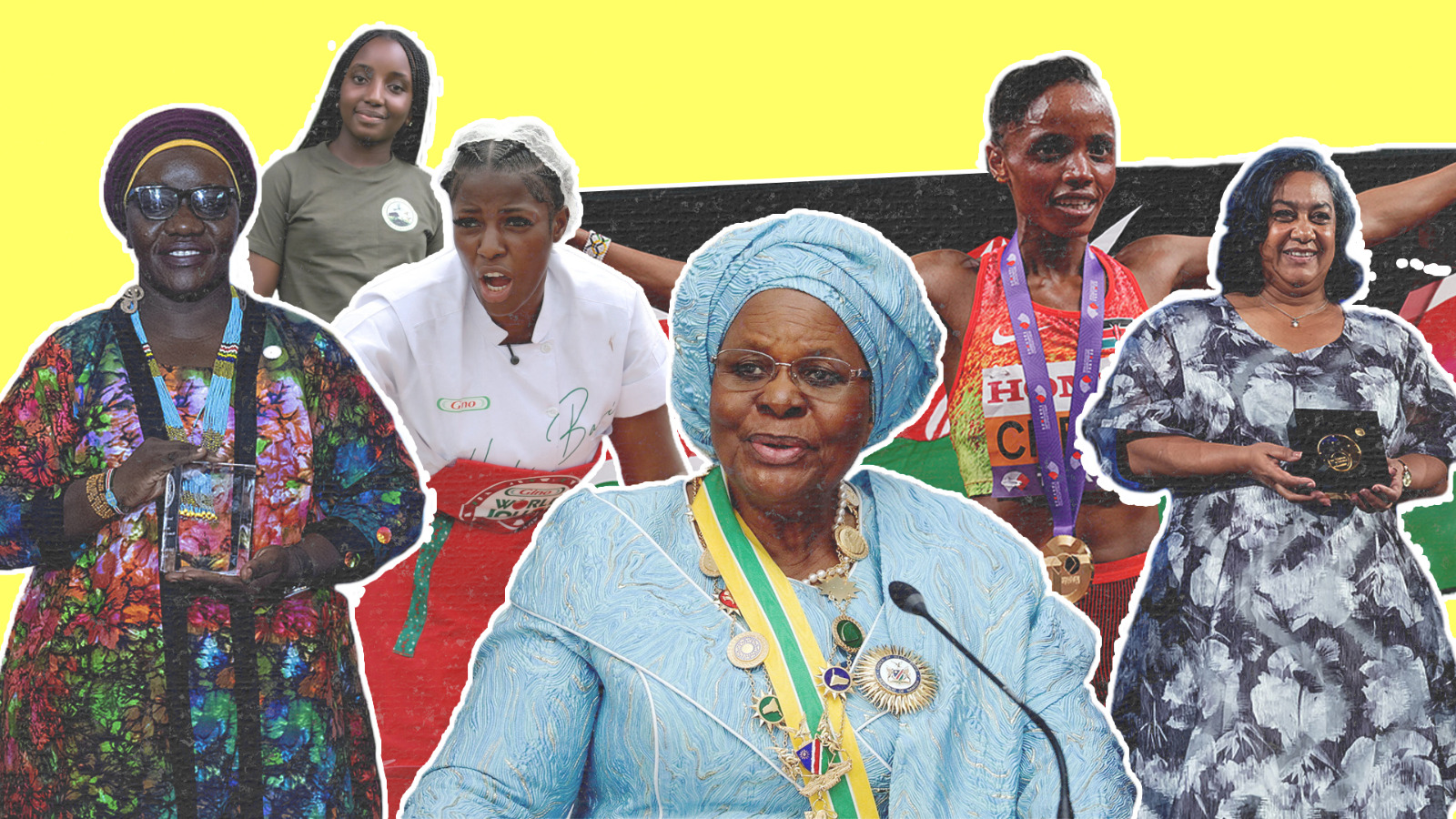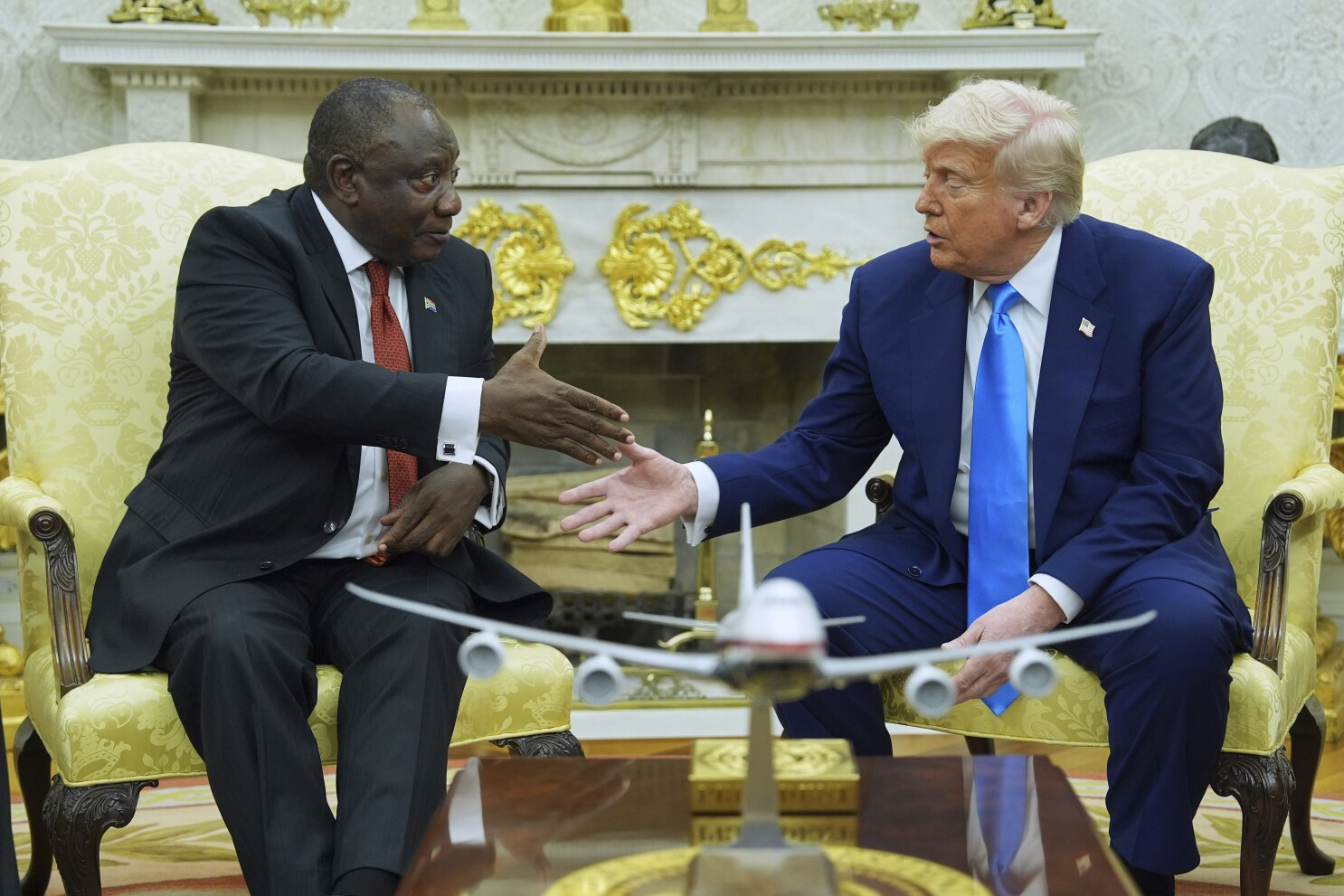{excerpt1]}
Belt and Road Initiative Forum
Also referred to as the One Belt, One Road is a development strategy, proposed by Chinese President Xi Jinping that focuses on connectivity and cooperation among countries primarily between the China and the rest of the world.
From May 14-15, a summit on China’s One Belt One Road project is to be held in Beijing and leaders from 28 countries, among them Kenya and Ethiopia, are due to attend. The event is likely to be as important as last year’s G20 summit in Hangzhou.
[REPORTING PLAN]
This week we shall delve into understanding what the OBOR is and posting this information to our audience ahead and during the summit.
We shall also be looking at China-funded projects in Africa and how they have gone a long way to transform locals’ lives.
We have created a playlist on YouTube with all stories touching on the Belt and Road Initiative. This will be easier for the audience to follow and get as much information easily.
Jane, Soni and Robert will be covering stories in relation to this initiative and we shall involve them by having them send us pictures, videos and updates on these projects. Jane could send us pictures from the forum. We shall be following the Beijing team to get daily updates from them as well. We shall also be sharing pictures of African leaders who will be attending the forum.
The graphics team will help in creating a map showing African countries that the Belt and Road project has covered.
- What is the Belt and Road Initiative?
In 2013, on a visit to Kazakhstan, Chinese President Xi Jinping announced a proposal for a “Silk Road Economic Belt.” In South East Asia later that year, Xi proposed a “21-Century Maritime Silk Road.” The combination is now commonly known as the OBOR initiative. This will be detailed article indicating what this project is all about. The project is much broader in scope than its predecessors, i.e. the ancient Silk Road(s) dating back to the Han Dynasty (206 BC –220 AD) as well as the “Go Out” policy introduced by the Chinese government back in the late 1990s.The newsroom has aired stories that have explained this. They will be embedded on this article.
https://www.clsa.com/special/onebeltoneroad/
- What the Belt and Road project means for Africa
While speaking in Tanzania on his first African visit in 2013, China’s President Xi Jinping called for China and Africa together to realise a fast track of “comprehensive development.” What was initially a lofty ambition for China to revive its ancient silk-road trading routes is now becoming a reality. This project will connect China via rail and shipping links with major markets in the Middle East, Central Asia and Africa. With help of a map, we shall show the countries where the Belt and Road has touched on in Africa and how lives in those countries have been changed due to the initiative. Pictures and videos from Robert and Soni will help in putting this piece into perspective. The guest that will come to discuss this initiative can also be borrowed for our Facebook Live to expound more on how this project means to Africa.
- Projects by China in Africa
Billions of dollars in new rail, shipping and airport infrastructure are underway in dozens of countries, including Egypt, Djibouti and Kenya, which are among a small group of African countries that are expected to benefit most from OBOR. We shall be highlighting these projects all in the same article and how they are bound to improve trade between these countries with their neighbours as well as with China. From the Mombasa-Nairobi railway, to the Ethiopia-Djibouti railway, the Egypt’s Suez Canal where China happened to be the largest investor in its development. This piece will also include short videos showing resources pumped into these development projects as well as videos showing the beauty of these projects.
- Comparison between OBOR & other current global trade routes
The OBOR is a project aimed at creating a network of railways, roads, pipelines, and utility grids that would link China and Central Asia, West Asia, and parts of South Asia as well as Africa. There have been other trade routes set up between nations before. How does the OBOR compare to these trade routes? We shall do a graphic video explaining some of the other trade routes and how they fared on in comparison to the OBOR. A guest could also help in putting this point into perspective. This will be a recorded interview which will be uploaded on our platforms.
- Cultural impacts of OBOR in countries benefitting from it
This will be a short web-video depicting the cultural impact that the One Belt, One Road may have on the countries that it is involved in. If you look through history, the Ancient Silk Road, and the Spice route shaped history and culture in their regions – spreading knowledge, the arts and language as well as wool and silk. This will develop from the history of some of those ancient trading routes into the potential cultural impacts that the One Belt One Road could have.
- Things to know about the New Silk Road
This will be a fun piece on few things our audience need to know about the OBOR. It will be packaged in a short web-video explaining it from its scope to what it is all about as well as how this project affects the relationship between China and the rest of the world.
https://www.weforum.org/agenda/2015/11/5-things-to-know-about-the-new-silk-road/






